The most up-to-date agenda including speaking points is available to download below.
Global Defence Helicopter 2024 Conference Agenda
06:15
-
45 minsHosted by Harry Macleod, Defence Leaders
08:00
-
60 mins
Hosted by Leonardo

-
60 mins
08:50
-
10 mins
09:00
-
25 mins
09:25
-
25 mins
Delivered by Leonardo

09:50
-
25 mins
10:15
-
45 mins
Hosted by AIRBUS

11:00
-
25 mins
11:25
-
25 mins
Delivered by AIRBUS

11:50
-
25 mins
12:15
-
75 mins
Hosted by MOOG

13:30
-
25 mins
13:55
-
25 mins
Delivered by MOOG

14:20
-
35 mins
14:45
-
45 mins
Hosted by BAE Systems

15:30
-
25 mins
15:55
-
25 mins
Delivered by BAE Systems

16:20
-
25 mins
16:45
-
15 mins
17:00
-
120 mins
06:15
-
45 mins
08:00
-
60 mins
-
60 mins
08:50
-
10 mins
- Stream C
-
10 mins
- Stream B
-
10 mins
- Stream A
09:00
-
25 mins
- Stream C
-
25 mins
- Stream B
-
25 mins
- Stream A
09:25
-
25 mins
- Stream C
-
25 mins
- Stream B
Delivered by Ace Aero
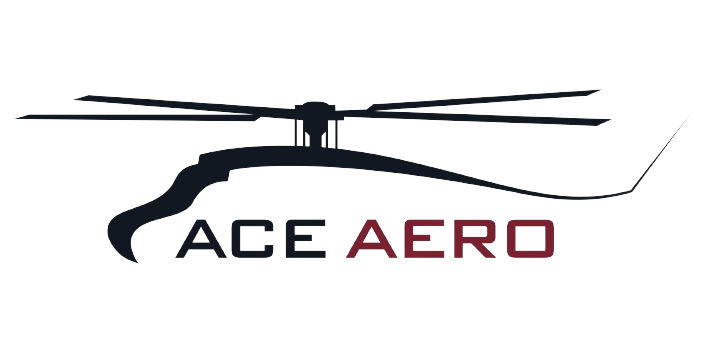
-
25 mins
- Stream A
Delivered by Helsing

09:50
-
25 mins
- Stream C
-
25 mins
- Stream B
-
25 mins
- Stream A
10:15
-
45 mins
11:00
-
25 mins
- Stream C
Delivered by General Dynamics

-
25 mins
- Stream B
-
25 mins
- Stream A
11:25
-
50 mins
- Stream C
-
25 mins
- Stream B
Delivered by Elbit Systems
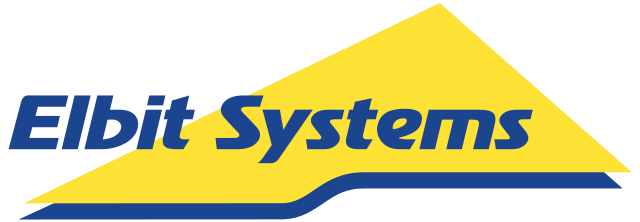
-
25 mins
- Stream A
Delivered by S3 AeroDefence
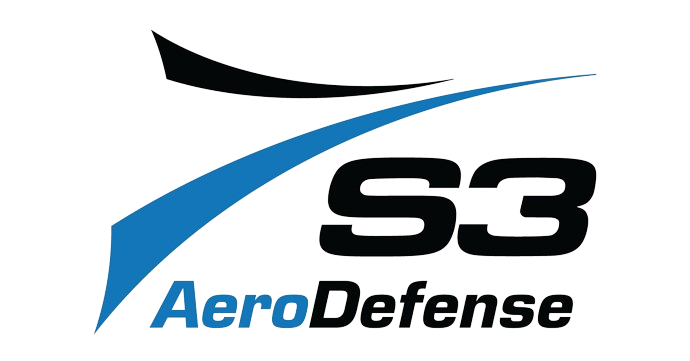
11:50
-
25 mins
- Stream B
-
25 mins
- Stream A
12:15
-
75 mins
13:30
-
25 mins
- Stream C
-
25 mins
- Stream B
-
25 mins
- Stream A
13:55
-
25 mins
- Stream C
Delivered by L3 Harris
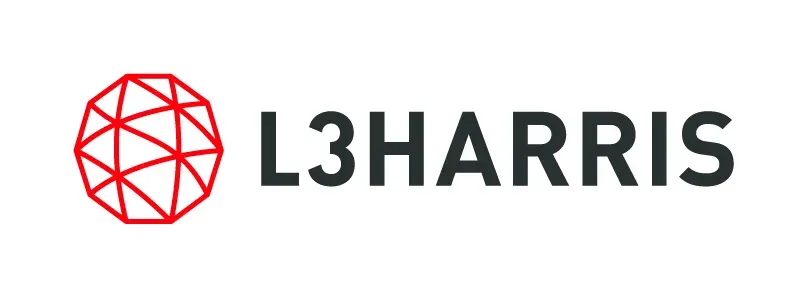
-
25 mins
- Stream B
Delivered by Safran
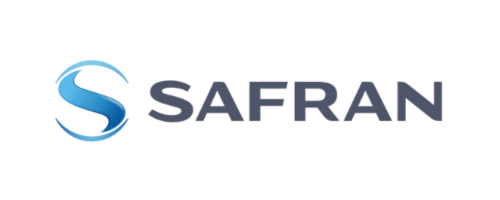
-
25 mins
- Stream A
Delivered by Marvin Test Solutions
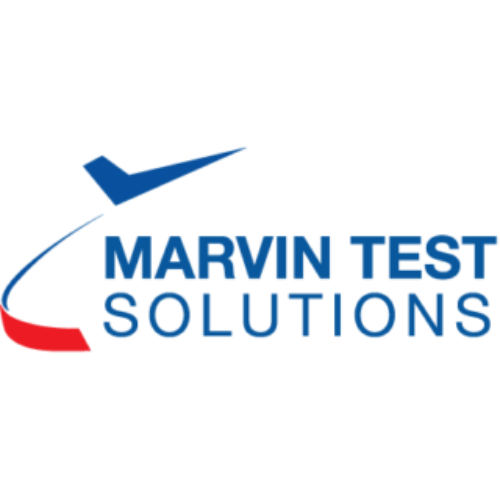
14:20
-
25 mins
- Stream C
-
25 mins
- Stream B
-
25 mins
- Stream A
14:45
-
45 mins
15:30
-
25 mins
- Stream C
-
25 mins
- Stream B
-
25 mins
- Stream A
15:55
-
25 mins
- Stream C
Delivered by Chelton Communications
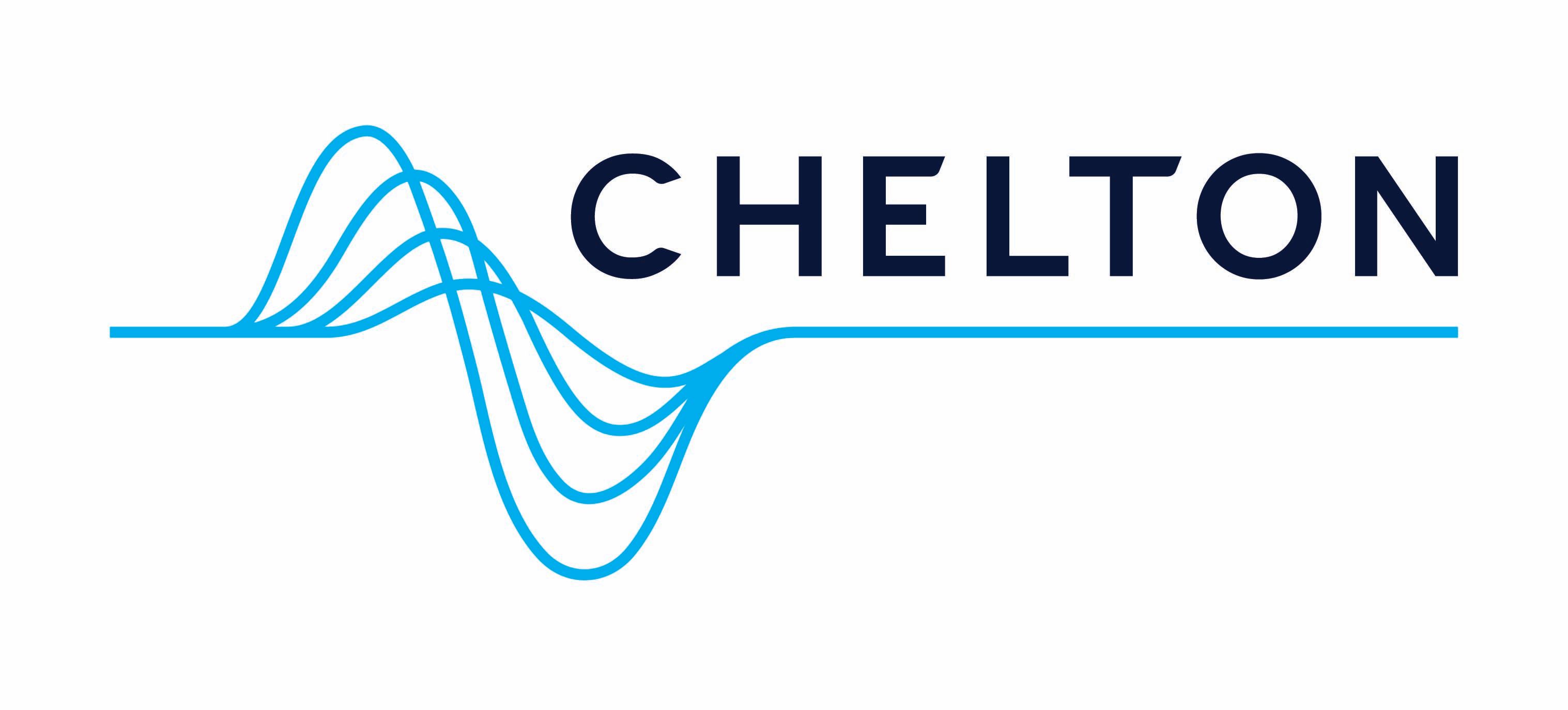
-
25 mins
- Stream B
Delivered by Airborne Technologies

-
25 mins
- Stream A
Delivered by Thales
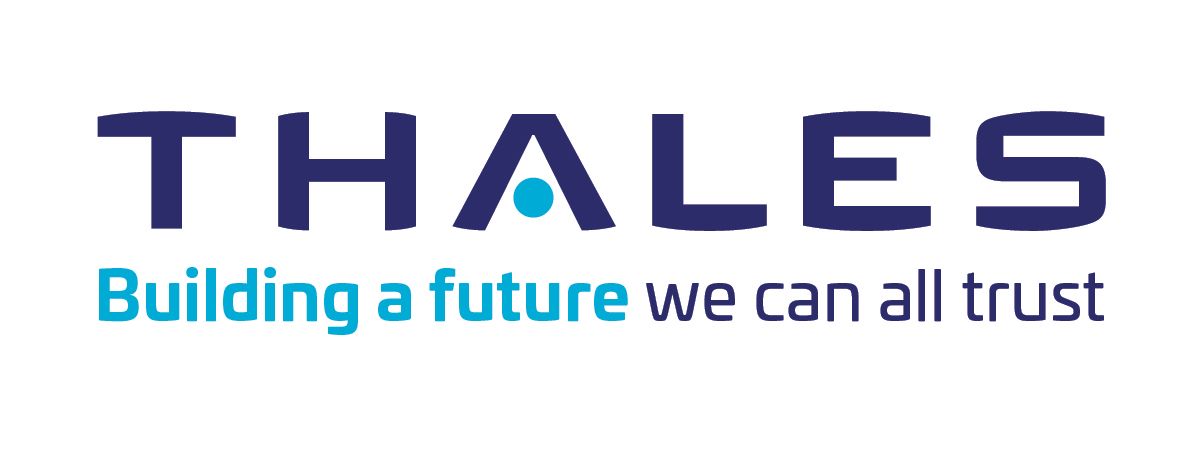
16:20
-
25 mins
- Stream C
-
25 mins
- Stream B
-
25 mins
- Stream A
16:45
-
15 mins
- Stream C
-
15 mins
- Stream B
-
15 mins
- Stream A
17:00
-
120 mins
06:15
-
45 mins
08:00
-
60 mins
08:50
-
10 mins
09:00
-
25 mins
Delivered by Lockheed Martin - Sikorsky

09:25
-
50 mins
11:00
-
25 mins
11:25
-
25 mins
Delivered by Aselsan

11:50
-
25 mins
12:15
-
60 mins
13:15
-
25 mins
13:40
-
25 mins
)
)
)
)
)
)
)
)
)
)
)
)
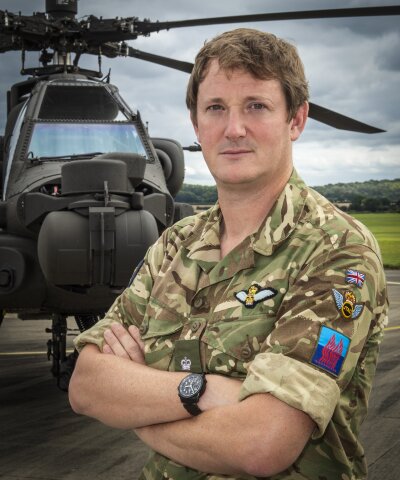
)
)
)
)
)
)
)
)
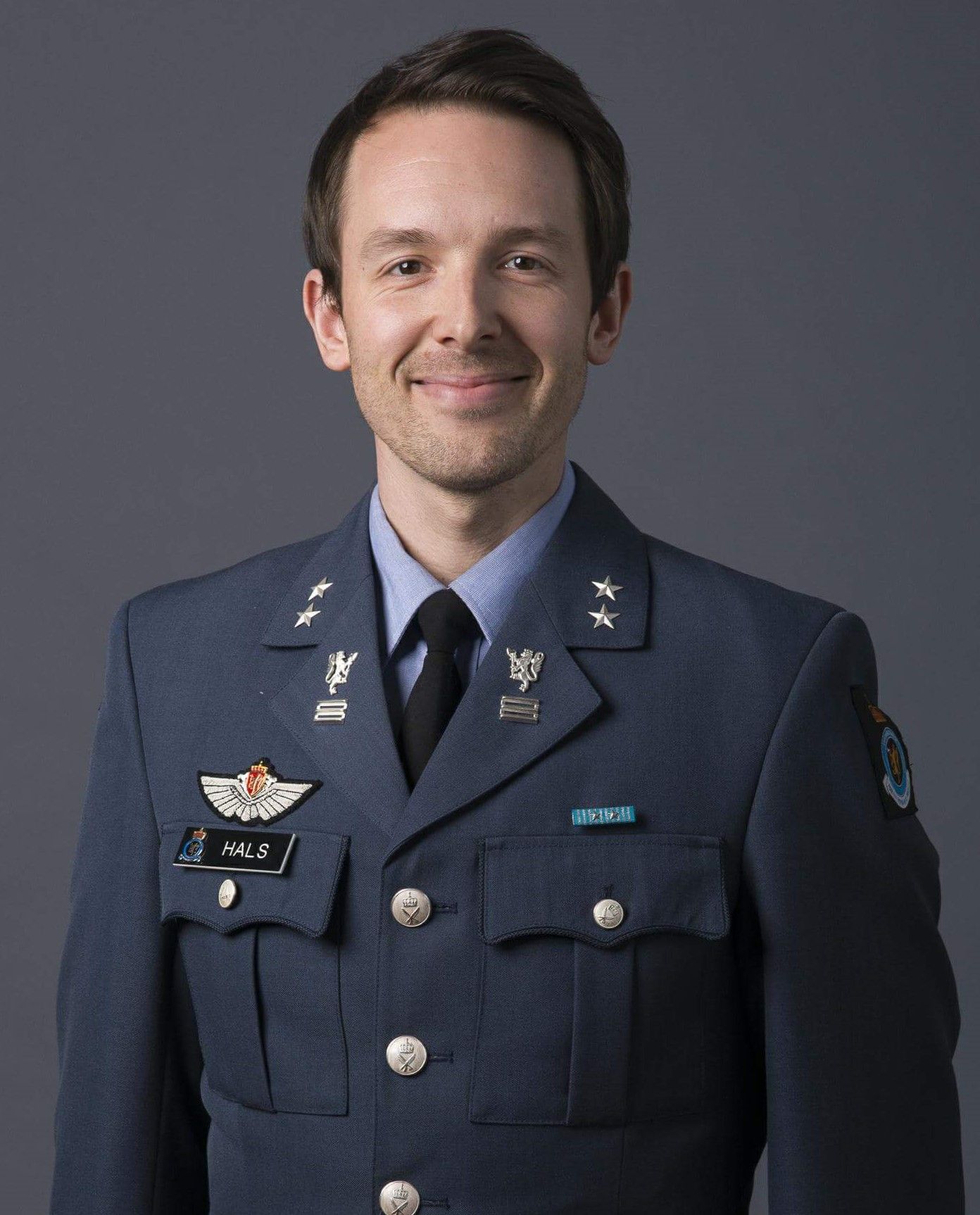
)
)
)
)
)
)
)
)
)
)
)
)
)
)
)
)

)
)
)